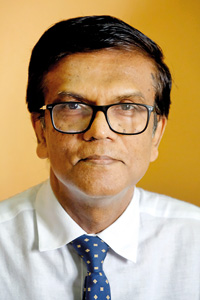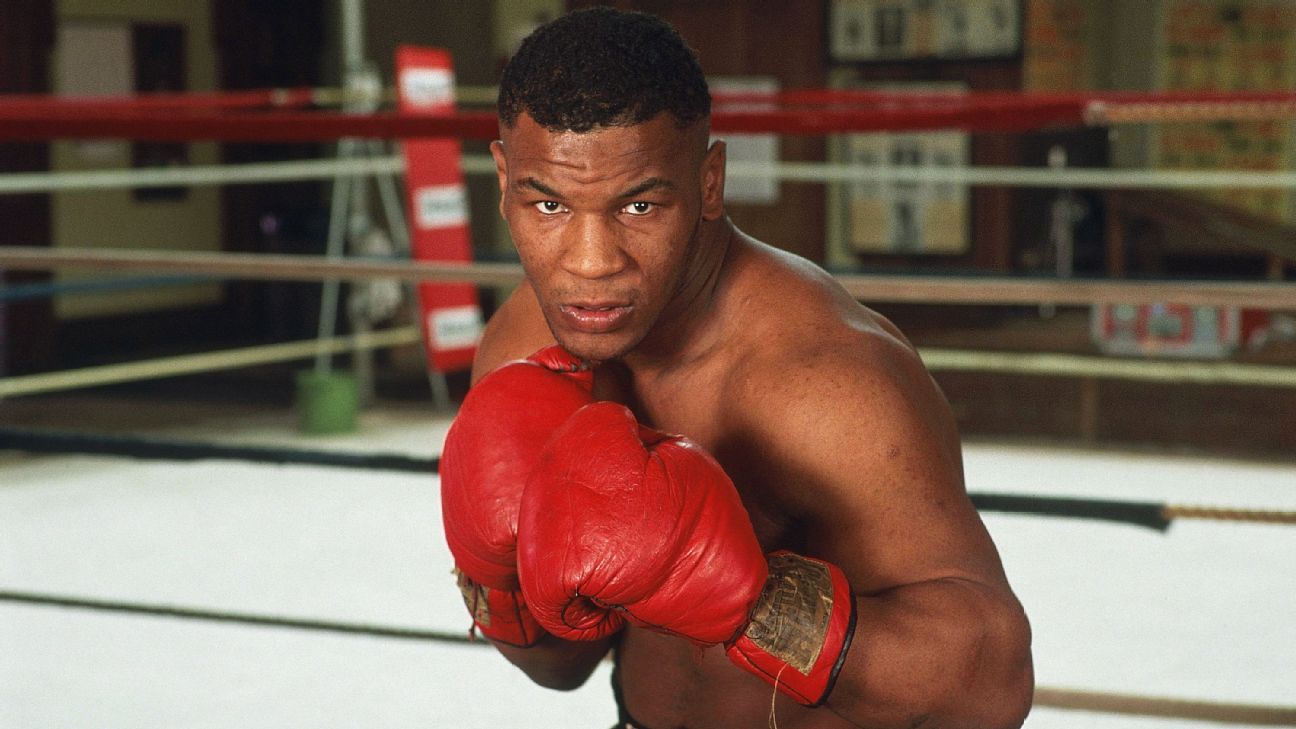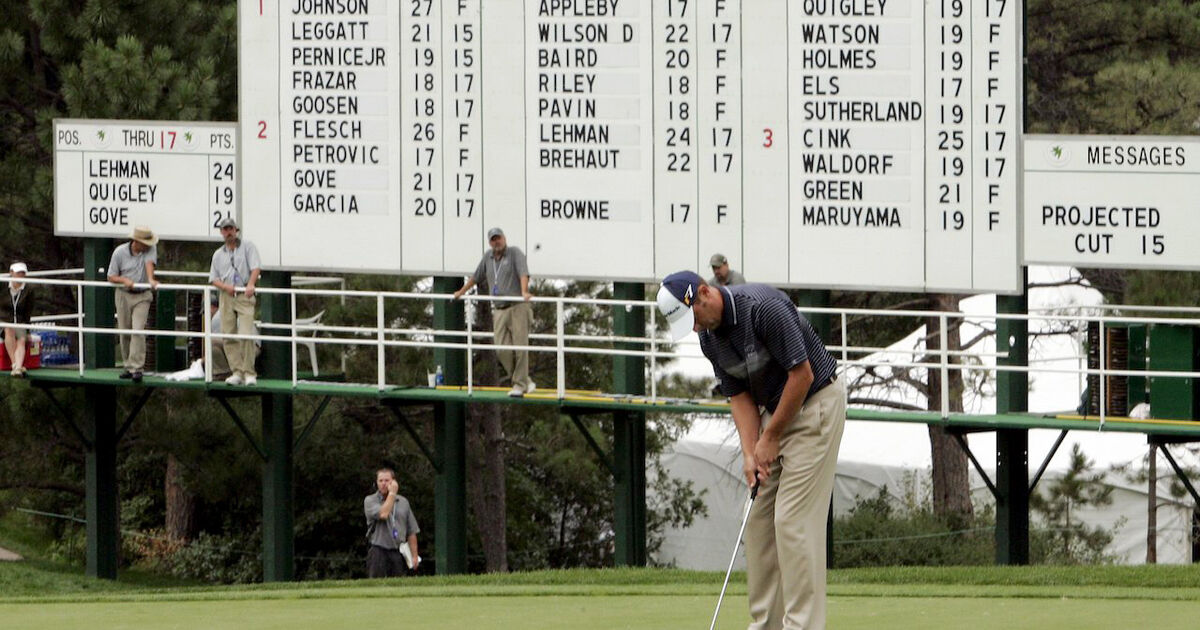amicitaacademy.com – Mike Tyson, often hailed as one of the greatest heavyweight boxers of all time, is a figure whose life story reads like a blockbuster film—full of triumphs, controversies, and remarkable comebacks. Born on June 30, 1966, in Brooklyn, New York, Tyson’s journey from the streets of Brownsville to the pinnacle of professional boxing has captivated millions. Known for his ferocious power, lightning-fast combinations, and an intimidating presence, Tyson earned the moniker “Iron Mike” and became the youngest heavyweight champion in history at just 20 years old. This article delves into his extraordinary life, from his turbulent youth to his enduring legacy.
Early Life and Rise to Fame
Tyson’s childhood was marked by hardship and instability. Raised in a tough neighborhood, he faced poverty, abuse, and frequent run-ins with the law. By age 13, he had been arrested 38 times, leading to his placement in the Tryon School for Boys in upstate New York. It was there that he met Bobby Stewart, a counselor and former boxer, who introduced him to the sport of boxing. Stewart connected Tyson with legendary trainer Cus D’Amato, who became his legal guardian after Tyson’s mother passed away in 1982.
Under D’Amato’s guidance at the Catskill Training Camp, Tyson’s raw talent blossomed. He adopted a peek-a-boo fighting style, emphasizing head movement, aggressive offense, and devastating hooks. By 1985, at 18, Tyson turned professional and quickly dismantled opponents. His amateur record included over 200 wins, but it was in the pros where he truly exploded onto the scene, winning his first 19 fights by knockout.
Boxing Career: Glory and Downfall
Tyson’s professional career peaked in 1986 when he unified the heavyweight titles by defeating Trevor Berbick, becoming the undisputed champion at the age of 20 years and 4 months—the youngest ever. He defended his titles against formidable foes like James “Bonecrusher” Smith and Michael Spinks in a mere 91 seconds, solidifying his status as a cultural icon. Tyson’s ferocity was unmatched; he was a 5’10” dynamo with a punch that could shatter jaws.
However, cracks began to show. After D’Amato’s death in 1985 and the mismanagement by promoter Don King, Tyson’s personal life unraveled. In 1990, he lost his titles to underdog James “Buster” Douglas in one of boxing’s greatest upsets. A brief marriage to actress Robin Givens ended amid allegations of abuse, further tarnishing his image.
Tyson’s lowest point came in 1992 when he was convicted of rape and sentenced to six years in prison, serving three. Upon release in 1995, he roared back, reclaiming a version of the heavyweight title by knocking out Frank Bruno. Yet, his 1996-97 rematch with Evander Holyfield turned infamous: Tyson was disqualified for biting Holyfield’s ear, leading to a $3 million fine, a license revocation, and the revocation of his title.
Personal Struggles and Redemption
Beyond the ring, Tyson’s life has been a whirlwind of excess and introspection. He has battled drug addiction, financial ruin—despite earning over $400 million—and mental health issues. His autobiography, Undisputed Truth (2013), and the one-man Broadway show of the same name offer raw insights into his demons, including a diagnosis of bipolar disorder.
Tyson’s redemption arc is equally compelling. In the 2000s, he stepped away from boxing after a final loss to Kevin McBride in 2005, admitting the sport had broken him. He channeled his energy into entrepreneurship, launching the Mike Tyson Knockout energy drink and investing in cannabis ventures. His 2017 documentary Tyson and appearances in films like The Hangover (2009) showcased a vulnerable, humorous side, endearing him to new generations.
Today, at 59, Tyson remains a fitness enthusiast, training rigorously and even stepping back into the ring for exhibition bouts, like his 2020 match against Roy Jones Jr. and a planned 2024 fight against Jake Paul. He advocates for mental health awareness and mentors young boxers through his foundation.
Legacy and Cultural Impact
Mike Tyson’s influence extends far beyond boxing. He revolutionized the heavyweight division with his speed and power, inspiring fighters like Floyd Mayweather and Conor McGregor. His persona—tattooed face (the tribal facial tattoo from 2003), lisp, and philosophical musings—has made him a pop culture staple, referenced in music by artists like Nas and Jay-Z, and memes across social media.
Despite the controversies, Tyson’s resilience resonates. He embodies the American Dream’s darker side: the rise from nothing, the fall from grace, and the fight to rebuild. As he once said, “Everyone has a plan ’til they get punched in the mouth.” Tyson’s life proves that even after the hardest hits, one can stand tall.
Mike Tyson’s story is one of unyielding spirit amid chaos. From street kid to world champion, from prison cell to silver screen, he has lived larger than life. As he continues to evolve, Tyson reminds us that true strength lies not just in the fists, but in the heart. Whether you’re a boxing aficionado or a casual observer, Iron Mike’s tale is a testament to the human capacity for both destruction and renewal.






